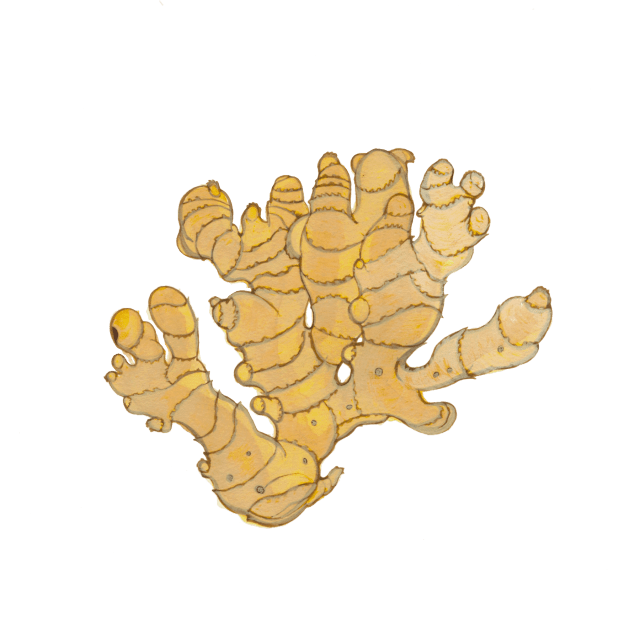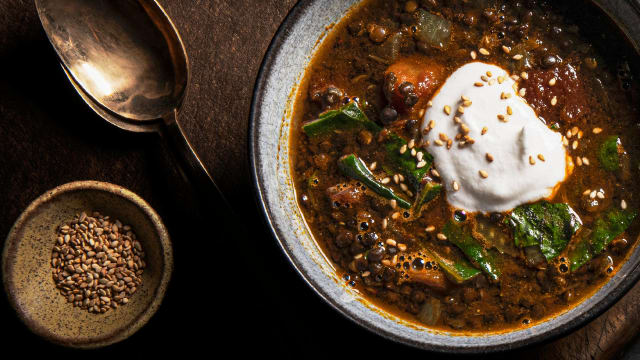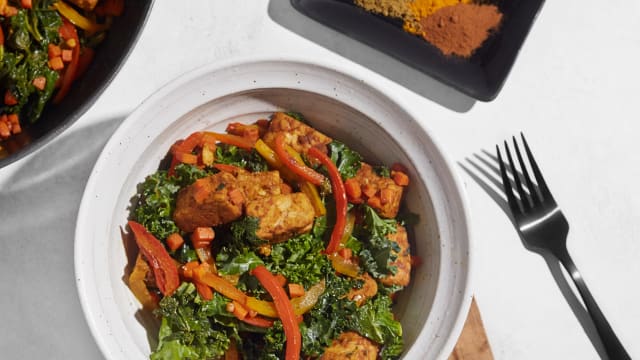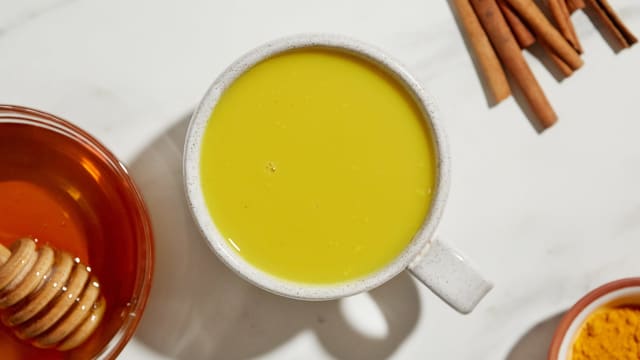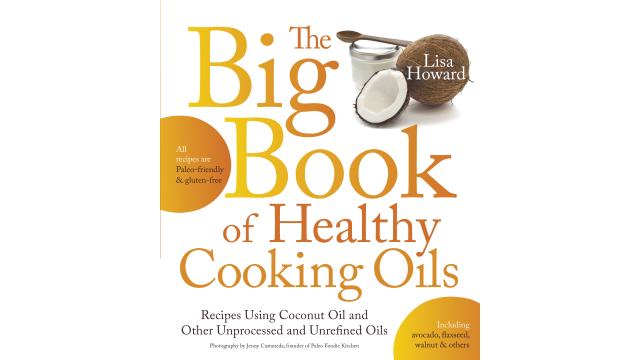Turmeric
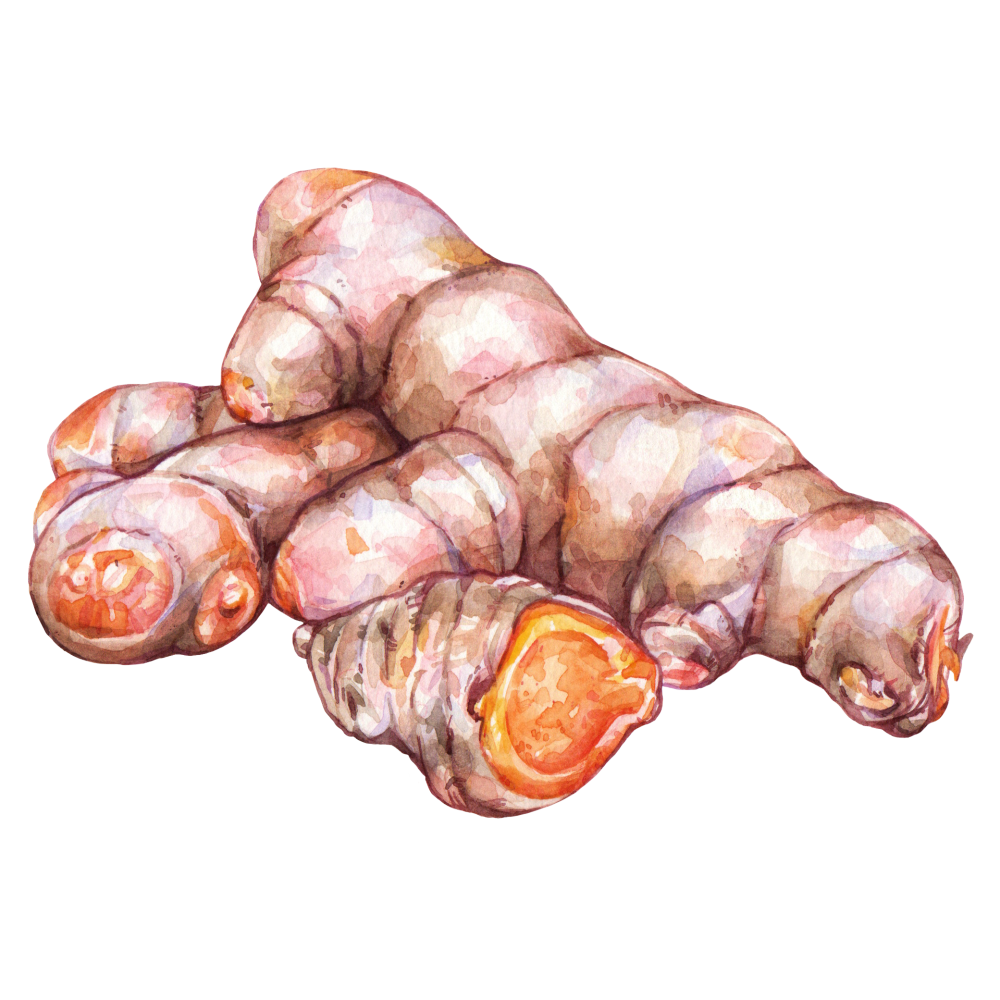
Latin name: Cucurma longa
Uses: spice, food coloring
What is turmeric?
This spicy rhizome, a relative of ginger, is used in many of the same dishes. (Unlike ginger, turmeric will stain the heck out of your hands, cutting board, and counters if you’re not careful). Though turmeric has been used for thousands of years in Ayurveda as an anti-inflammatory medicine, and recently become a buzzy ingredient in the West, scientific studies are beginning to yield meaningful data to support claims of its efficacy in this regard.
Why is turmeric healthy?
A polyphenol called curcumin is the primary pigment responsible for turmeric’s deep orange color. Curcumin is being studied for possible anti-tumor, antioxidant, anti-arthritic, and anti-inflammatory properties. The fresh root contains a wide range of vitamins and minerals; the powder is less nutritious.
What does turmeric taste like?
Like its cousin ginger, turmeric has a warm, spicy quality, though turmeric is less pungent, more earthy, and slightly bitter. Its bright peppery flavor and aroma are more pronounced when freshly grated.
How do I use turmeric?
Turmeric is most often sold as a powder, but becoming more available in its fresh form. Grate it on a zester or fine shredder and use it like you would fresh ginger. The spice is used in tons of South and Southeast Asian dishes, as well as in Middle Eastern and northern African cooking; turmeric is commonly added to the spice blends berbere and ras el hanout. Along with cumin, coriander, chiles, and ginger, you’d be hard-pressed to find a curry recipe that doesn’t include turmeric. Turmeric and coconut milk are best mates — try Vietnamese curry soup (cà ri gà) with rice noodles and hunks of potato and carrot, and feel free to sub the chicken for tofu or seitan.
What does turmeric pair well with?
Turmeric turns anything it touches a rich, yellow color, so add it to rice or potatoes to brighten them, or to pickle brine for dyeing (and pickling) cauliflower florets or hardboiled eggs. If you don’t eat eggs, you can add it to mashed tofu to make a sunny vegan scramble. Stir turmeric into yogurt or farmer cheese with chopped cilantro, olive oil, and lime juice to slather on sandwiches or as a dip to serve with veggies and flat bread. You can add turmeric to beverages, too. Fresh rhizome can be juiced, or stir powdered or grated turmeric and honey into steamed milk to make golden milk. Try adding sliced fresh turmeric to teas and hot toddies (with or without whiskey).
Where does turmeric grow?
Of the 120+ Cucurma species worldwide, many of them grow in India and Thailand. They originated (and mostly still grow) in Asia’s tropical regions, with India producing more than 80% of all turmeric worldwide.
How to buy turmeric:
Look for firm, plump roots with no shriveled spots or mold.
Fun turmeric fact:
Strips of paper steeped in a tincture of turmeric and allowed to dry can then be dipped in various solutions to indicate their pH. Turmeric stays yellow in acidic and neutral solutions and turns brown to reddish-brown in basic solutions.
